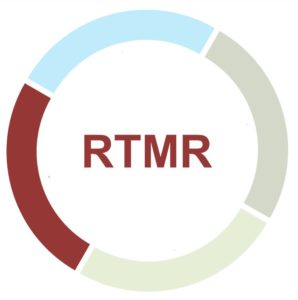
All individuals present in magnet room during gradient operation use hearing protection
Acoustic noise in MRI
- Noise associated with MRI occurs during the rapid alterations of currents within the gradient coils causing motion or vibration of the gradient coils as they impact against their mountings which, in turn, flex and vibrate1.
- This acoustic noise is manifested as loud tapping, knocking or squeaking
- The noise is intermittent but has been shown to range up to 117 decibels (dB)2
- This level of acoustic noise associated with MRI has in some cases led to loss of hearing1,2.
- In most cases the hearing loss is temporary
- In some extreme cases, there is permanent hearing loss
- Other problems associated with acoustic noise for patients and healthcare professionals include1:
- Annoyance
- Difficulties for verbal communication
- Heightened anxiety
Protecting hearing
- All patients and staff are provided with hearing protection (e.g., ear plugs, headphones, sponges, etc.) to dampen the noise created by the MRI equipment1.
- Earplugs, when properly used, can abate noise by 10 to 30 dB, which is usually an adequate amount of sound attenuation for the MR environment1
- Preferred earplugs are those that offer the greatest noise reduction rating (NRR)
- A significant reduction in the level of acoustic noise can also be accomplished using the active noise cancellation techniques (e.g., use of music)
- Patient refusal of hearing protection is documented according to facility policy.
- Patients are counselled on the acoustic effects of the MRI and prepared for the noises they should expect during the course of their MRI scan.
- Several investigators have described the development of “quiet” pulse sequences which substantially decrease acoustic noise and are acceptable for MR imaging and functional MRI examinations1.
- MRTs should be aware of the acoustic noise created by different pulse sequences
Occupational exposure
- Hearing protection is used by staff who remain in the MRI room during active scanning.
- The Canadian Centre for Occupational Health and Safety (CCOHS) recommends upper limits of noise exposure based on scales that depend on noise level (dB) and length of exposure3.
- Most Canadian provinces recommend an allowable limit of 85 dB for workers who are exposed to loud noises for a duration of 8 hours
Related Posts
-
Les établissements désignent les membres du personnel devant avoir accès à l’environnement d’IRM et autorisent…
-
-
Facilities identify personnel that require access to the MRI environment and authorize access based upon…
References
-
Shellock FG. Reference Manual for Magnetic Resonance Safety, Implants, and Devices. 2013 ed. Los Angeles, CA: Biomedical Research Publishing Group; 2013.
-
Counter SA, Olofsson A, Grahn HF, Borg E. MRI acoustic noise: Sound pressure and frequency analysis. J Magn Reson Imaging 1997;7(1):606-611.
-
Canadian Centre for Occupational Health and Safety. Noise – Occupational Exposure Limits in Canada. Available from: http://www.ccohs.ca/oshanswers/phys_agents/exposure_can.html. [Accessed 12 Dec 2018]
